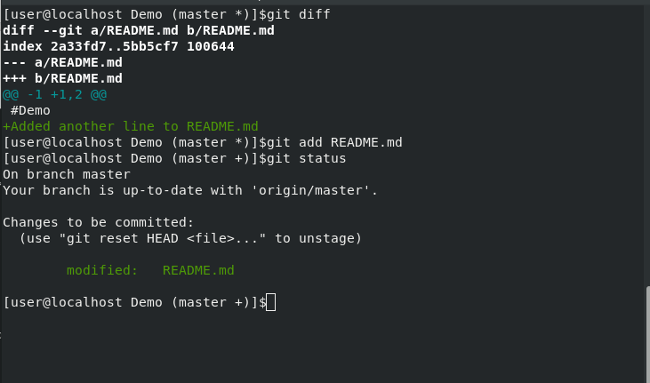
When this happens, recheck your URL and make sure it matches the one in your GitLab or GitHub. If you try to use a link to a non-existing remote, you will get the following error: > fatal: No such remote 'origin'
#GIT ADD REMOTE ORIGN PASSWORD#
In case you change your remote repository to https URL, you will be prompted for your username and password next time you use git fetch, git pull or git push. You need JavaScript enabled to view it.:user/repository2.git) The command takes two arguments: existing name of the remote (in our case origin) and a new remote URL (in our case This email address is being protected from spambots. You need JavaScript enabled to view it.:user/repository2.git We can change the remote repository by using git remote set-url command: $ git remote set-url origin This email address is being protected from spambots. gitlab repository with ssh/https links 2. Note: To find the SSH and HTTPS URLs, go to your GitLab, select your project, and click on Clone. If you copied the link to the repository from Clone with HTTPS in your GitLab, the output should look something like this: origin (fetch) You need JavaScript enabled to view it.:user/repository.git (push) Origin This email address is being protected from spambots. You need JavaScript enabled to view it.:user/repository.git (fetch) If you copied the link to the repository from Clone with SSH in your GitLab, the output should look something like this: origin This email address is being protected from spambots. To list the existing remotes we open the terminal and type in the following command: $ git remote -v you can use any name instead of "origin". "origin" is the local name of the remote repository. Note: "origin" is a convention not part of the command. You can verify that the remote URL has changed, with command git remote -v. For example, origin or upstream are two common choices.įor example you can change your remote's URL from SSH to HTTPS with the git remote set-url command. The git remote set-url command takes two arguments: The git remote set-url command changes an existing remote repository URL. The git remote add command takes two arguments: You can have several of them, each of which generally is. This command is used to add a new remote, you can use this command on the terminal, in the directory of your repository. Remote repositories are versions of your project that are hosted on the Internet or network somewhere. git then the repository not exists, so you have to add origin with command git remote add You can check remote with command git remote -v it will show remote url after name, or if this command gives error like fatal: Not a git repository (or any of the parent directories). So the command git remote set-url will only work if you've either cloned the repository or manually added a remote called origin. You can not call remote set-url origin just after git init, Because the git remote set-url command will not create origin, but it changes an existing remote repository URL. To know about the list of all branches you have in your repository type : git branch This command simply pushes your files to the remote repository.Git has a concept of something known as a "branch", so by default everything is pushed to the master branch unless explicitly specified an alternate branch. git remote set-url origin command means that if at any stage you wish to change the location of your repository(i.e if you made a mistake while adding the remote path using the git add command) the first time, you can easily go back & "reset(update) your current remote repository path" by using the above command.


Here origin is an alias/alternate name for your remote repository so that you don't have to type the entire path for remote every time and henceforth you are declaring that you will use this name(origin) to refer to your remote.

Your remote repository could be anywhere on github, gitlab, bitbucket, etc.This command simply means "you are adding the location of your remote repository where you wish to push/pull your files to/from !!.".
#GIT ADD REMOTE ORIGN SERIES#
git remote add origin This command is the second step in the command series after you initialize git into your current working repository using git init.


 0 kommentar(er)
0 kommentar(er)
